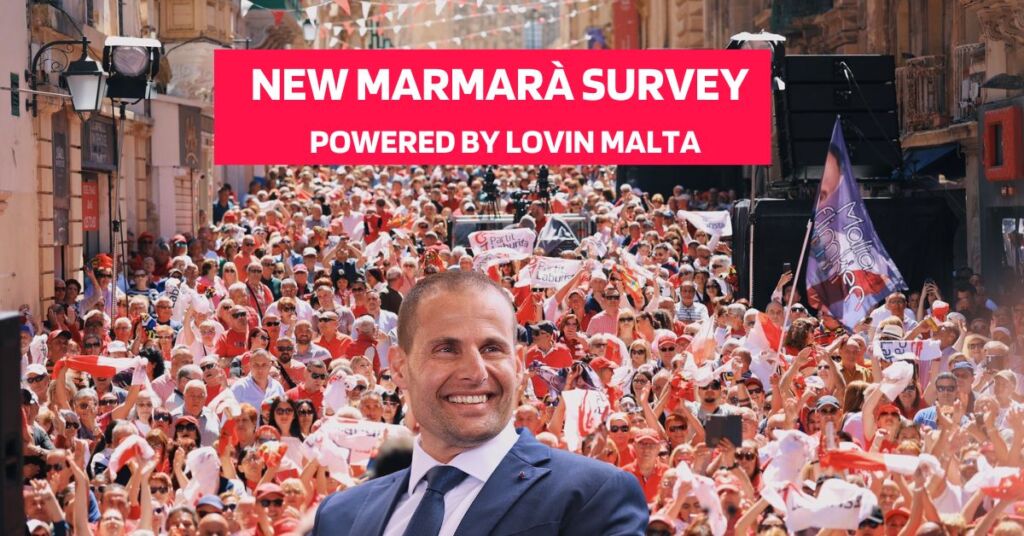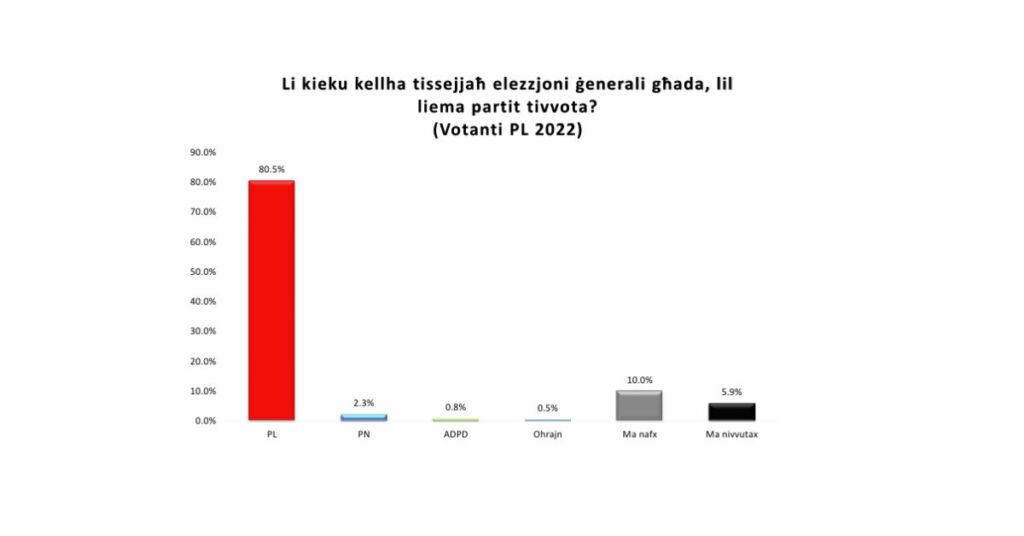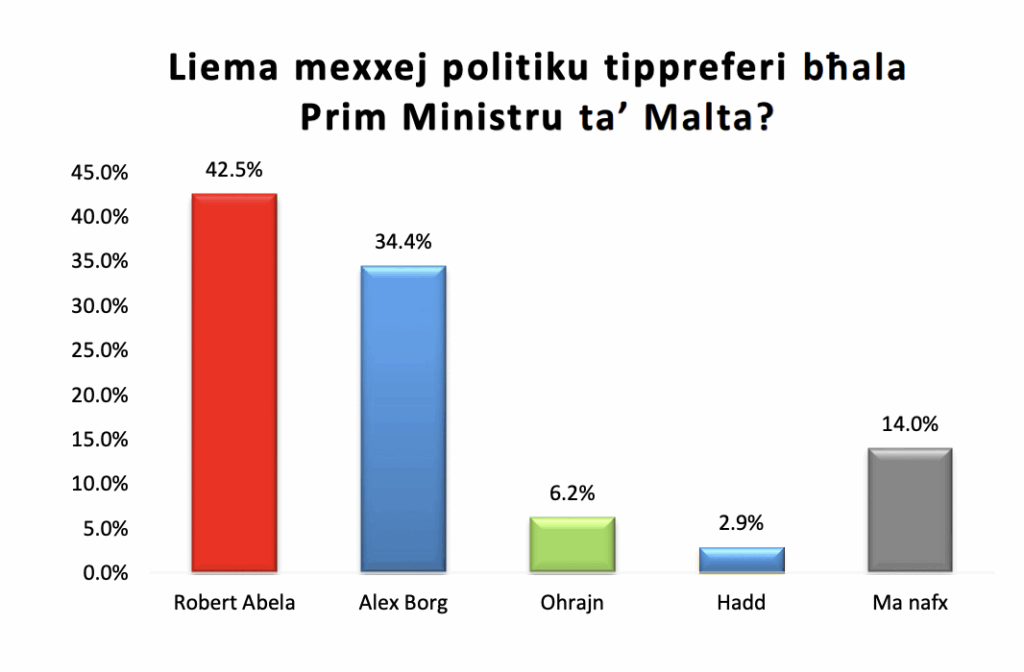Exclusive: Labour Bounces Back With 25,000-Vote Lead, New Marmarà Survey Shows

2025 is quietly shaping up to be the year of electoral rehab for Labour. The party has regained much of the ground it lost earlier this year, with over 80% of its 2022 voters now saying they would back the party again, according to the latest survey by Prof. Vincent Marmarà.
The findings, shared exclusively with Lovin Malta, show Labour’s vote share rising to 43.9% in raw terms and 51.7% after modelling, giving the party a 25,000-vote lead over the Nationalist Party if an election were held tomorrow. Just 5.9% of Labour’s 2022 voters now say they would abstain, down from nearly 13% in February.
This marks a clear consolidation with no mass shifts from Labour to PN. Rather, the biggest movement is among Labour voters who earlier wanted to sit out – but are now returning, even if the gap between Robert Abela and new PN leader Alex Borg is narrower than it was against Bernard Grech.

A shaky start to 2025
The turnaround is significant. Back in February 2025, Labour looked fragile, with just 72% of its voters from 2022 still on board, while more than a quarter were either undecided or planning not to vote. The party was scraping an absolute majority of 50.1%, with a lead of only 15,800 votes.
By May, Marmarà had already observed early signs of recovery, stressing that the narrowing gap between Labour and PN wasn’t due to voters switching sides, but rather disgruntled Labour supporters stepping away. Their concerns were clear: immigration, overpopulation, construction, traffic, and the environment.
The latest findings suggest those voters are returning. Labour’s structural advantage – the Muscat-era electoral realignment of 2009 – continues to underpin its dominance. As Marmarà has often pointed out, the most decisive shift in Maltese politics over the last 15 years was the one that brought a large block of voters from PN into Labour’s camp. That bloc has stayed put.
Instead of defecting to the Nationalists, Labour voters tend to disengage temporarily, abstaining or going undecided, before drifting back. That’s what 2025 has shown so far.

Abela vs Borg: A narrower edge
Still, while Labour as a party has stabilised, Prime Minister Robert Abela’s personal advantage has weakened. In February, he led Bernard Grech by more than 13 points as “preferred Prime Minister.” By October, against PN’s new leader Alex Borg, the gap had shrunk to just 8 points.
It’s important to note, however, that the survey was conducted only a few weeks after Borg was elected PN leader – a moment when any new figure tends to benefit from a honeymoon effect. He has not yet had the time to alienate voters or lose support.
While Borg clearly appears to enjoy more trust than his immediate predecessors, it remains an open question whether this is down to his personal appeal or to the fact that the PN, after more than a decade in opposition, seems finally willing to set aside internal squabbles in pursuit of power. Whether Borg’s trust rating grows or fades will depend on how he handles the coming months once the early shine wears off.
Turnout remains decisive
Ultimately the survey confirms that Labour’s future depends on keeping its base engaged. As Marmarà put it earlier this year, “What really matters isn’t people switching parties, but whether traditional supporters are showing up at all.”
If the past ten months are anything to go by, Labour seems to have steadied the ship. But with abstention still hovering around 6% of its 2022 base, the battle for turnout is far from over.
What do you make of the latest results?

